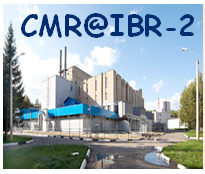Venue
Dubna is a quiet and pleasant scientific town situated 120 km north of Moscow, on the picturesque bank of the Volga river.
There is railway and bus communication between Dubna and Moscow. The railway communication is provided by suburban trains and more comfortable "Express" trains, it takes 2 hours to reach Dubna from the Saviolovsky railway station (Moscow).
Dubna is a host of Joint Institute for Nuclear Research (JINR), an international intergovernmental scientific research organisation. JINR has bilateral agreements, protocols, and other documents on cooperation with about 700 institutions in 60 countries. The main fields of JINR's activity are theoretical and experimental studies in elementary particle physics, nuclear physics, and condensed matter physics. The research programme of JINR is aimed at obtaining highly significant results of principal scientific value.
As an international recognition of JINR achievements, the element number 105 of the Periodic Table is called Dubnium.
Dubna is a quiet and pleasant scientific town situated 120 km north of Moscow, on the picturesque bank of the Volga river.
There is railway and bus communication between Dubna and Moscow. The railway communication is provided by suburban trains and more comfortable "Express" trains, it takes 2 hours to reach Dubna from the Saviolovsky railway station (Moscow).
Dubna is a host of Joint Institute for Nuclear Research (JINR), an international intergovernmental scientific research organisation. JINR has bilateral agreements, protocols, and other documents on cooperation with about 700 institutions in 60 countries. The main fields of JINR's activity are theoretical and experimental studies in elementary particle physics, nuclear physics, and condensed matter physics. The research programme of JINR is aimed at obtaining highly significant results of principal scientific value.
As an international recognition of JINR achievements, the element number 105 of the Periodic Table is called Dubnium.

